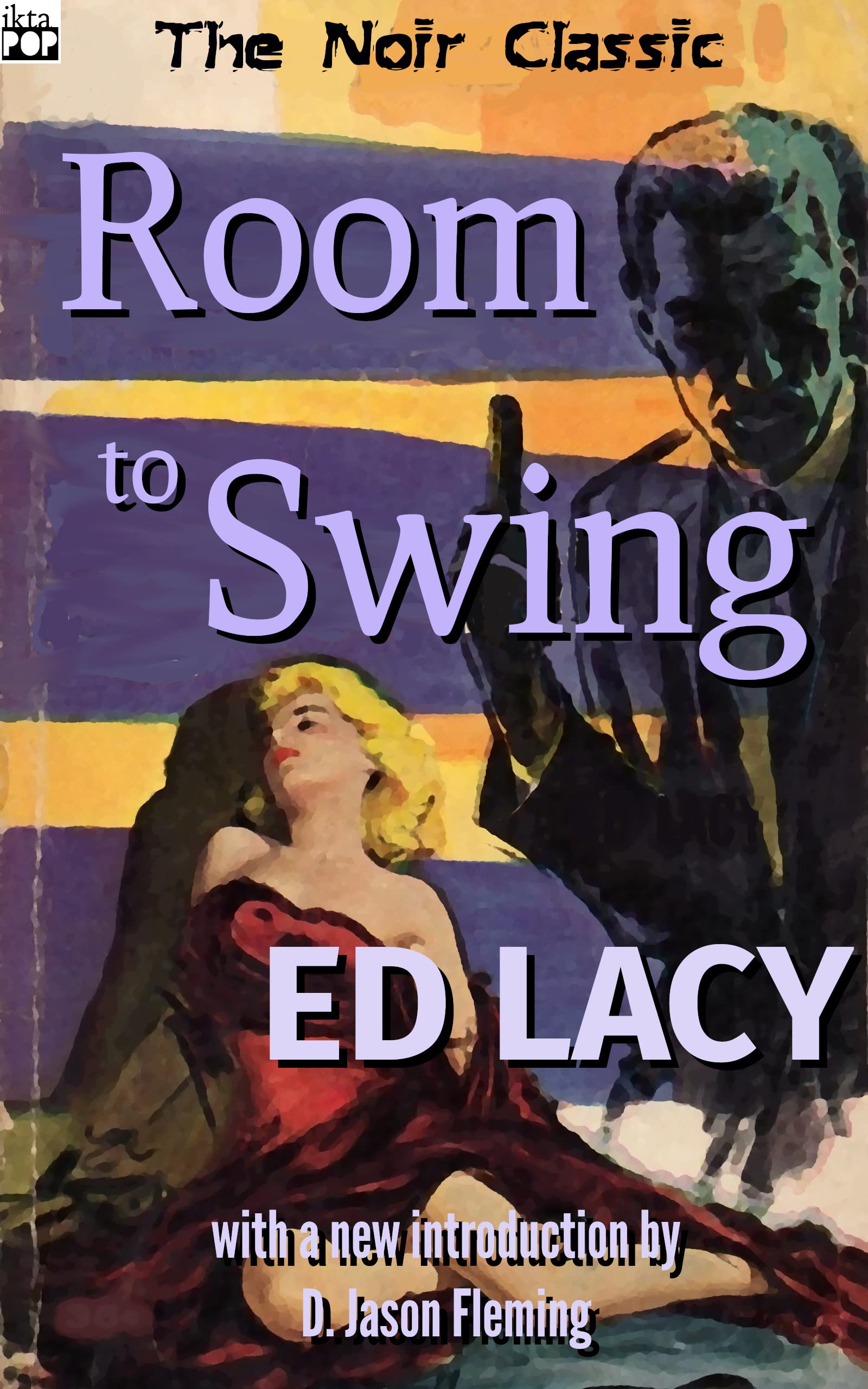What do you think?
Rate this book


181 pages, Kindle Edition
First published January 1, 1957
[Imported automatically from my blog. Some formatting there may not have translated here.]
For some reason, in April 2022, I became aware the Kindle edition of this book was on sale at Amazon for 99¢. (It's $2.99 as I type.) It won the Edgar Award for best novel back in 1958. The garish cover said "The Noir Classic"! The Amazon page said "The Pulp Noir Classic"! A totally garish cover! All that made it an irresistible buy.
Unfortunately, it was one of those "wish I'd liked it better" reads for me. Two stars ("it was ok") at Goodreads.
It is claimed to be the first appearance of a black private eye in fiction, Toussaint Moore. As the book opens Toussaint has driven his old Jaguar to the small town of Bingston, Ohio. It's the mid-1950s, and the townspeople, as he reports it, "stared at me like I'd stepped out of a flying saucer." He immediately gets hassled by a local cop.
He's on a mission, it turns out, to try to clear himself of a murder rap back in his New York City home. He'd been hired by a reality TV show ("You - Detective!") to keep tabs on a rape suspect who's going to be one of the show's featured criminals. But the suspect gets killed, Toussaint gets framed, slugs a white cop… and call him mint jelly, because he's on the lam.
That's not Toussaint's only problem; his girlfriend Sybil despises his detective gig, and wants him to grab a stable job at the Post Office. His job requires him to navigate around pervasive racism and the shallowness and sexual proclivities of showbiz types.
"Ed Lacy" is a pseudonym for Leonard Zinberg, a white Jewish Communist married to a black woman. He was relatively prolific back in the mid-20th century, and is nowadays relatively obscure. (This novel's copyright wasn't renewed, which is why you can find multiple editions over at Amazon and elsewhere.) The prose here is Spillane-like, for better or worse.